Dozens of aid trucks enter Gaza amid hope for a surge in humanitarian relief
Many Palestinian people have faced starvation and have had to endure extreme hunger as the UN and other organisations have faced massive logistical obstacles including widespread looting, Israeli bombardments, Israel’s administrative restrictions and bureaucracy and infrastructure damaged by Israeli attacks within Gaza.
Aid agencies said, in line with the terms in the ceasefire agreement, that they were preparing to “flood” Gaza with food and other essential supplies.
At least 600 trucks are needed every day – at a minimum – to start addressing Gaza’s dire humanitarian crisis, according to the UN.
Palestinian people in Gaza have received only a trickle of aid over recent months. During the war, Israel shut down entry and exit routes, largely blocking off food and medicine, which in turn caused a famine in large parts of Gaza.
Dozens of aid trucks have begun entering Gaza this morning, with more expected to follow.
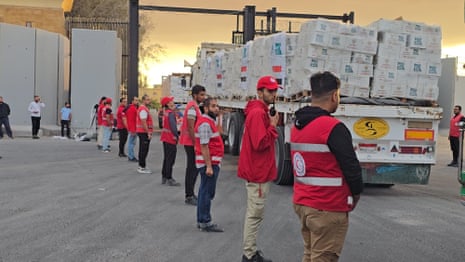
Key events Show key events only Please turn on JavaScript to use this feature
Hamas will not govern post-war Gaza, source says
A Hamas source close to the Palestinian militant group’s negotiating committee has told AFP that it will not participate in postwar Gaza governance.
“For Hamas, the governance of the Gaza Strip is a closed issue. Hamas will not participate at all in the transitional phase, which means it has relinquished control of the Strip, but it remains a fundamental part of the Palestinian fabric,” the source told AFP.
Under Trump’s plan, Gaza’s governance would be passed to a temporary transitional body in the form of a “technocratic and apolitical Palestinian committee”, which would in turn be overseen and supervised by an international “Board of Peace”, headed by the US president. The board would include other heads of state and international officials, including the former British prime minister, Tony Blair.
That body would organise and set the framework for funding the redevelopment of Gaza while the Palestinian Authority, the political entity nominally in charge of Palestinian affairs in the West Bank, had undergone a process of reform.
Hamas, however, has said, at least publicly, that it will not disarm – a key point in Trump’s ceasefire plan.
“Hamas agrees to a long-term truce, and for its weapons not to be used at all during this period, except in the event of an Israeli attack on Gaza,” the source added.
In a post on X, Israel’s defence minister, Israel Katz, has said that his country’s “big challenge” after the release of the Israeli hostages this week will be “the destruction of all Hamas terror tunnels in Gaza”.
Katz wrote:
Israel’s great challenge after the phase of returning the hostages will be the destruction of all of Hamas’s terror tunnels in Gaza, directly by the IDF and through the international mechanism to be established under the leadership and supervision of the United States.
This is the primary significance of implementing the agreed-upon principle of demilitarizing Gaza and neutralizing Hamas of its weapons. I have instructed the IDF to prepare for carrying out the mission.

Oliver Holmes
My colleague Oliver Holmes has this detail about how agencies are hoping to bring in much needed aid to Palestinians in Gaza (you can read his full story here):
Aid agencies are hoping Israel will now stick to Trump’s 20-point plan, which said the entry and distribution of aid in the Gaza Strip should “proceed without interference”.
On Saturday, the Italian defence minister said the Rafah crossing, a crucial movement point between Gaza and Egypt for aid trucks but also people, will reopen on Tuesday. Israel took control of the border post last year.
Rafah “will be opened alternately in two directions: exit towards Egypt and entry towards Gaza”, Guido Crosetto said.
With the UN returning to a lead role in humanitarian assistance, the Gaza Humanitarian Foundation, a US- and Israeli-backed private contractor scheme, appeared to be winding down.
The programme was widely condemned as it forced people towards food distribution sites where they were shot in large numbers by the Israel Defense Forces (IDF). One UN official called it a “sadistic death trap”.
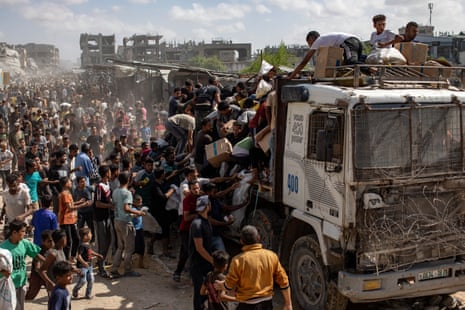
Dozens of aid trucks enter Gaza amid hope for a surge in humanitarian relief
Many Palestinian people have faced starvation and have had to endure extreme hunger as the UN and other organisations have faced massive logistical obstacles including widespread looting, Israeli bombardments, Israel’s administrative restrictions and bureaucracy and infrastructure damaged by Israeli attacks within Gaza.
Aid agencies said, in line with the terms in the ceasefire agreement, that they were preparing to “flood” Gaza with food and other essential supplies.
At least 600 trucks are needed every day – at a minimum – to start addressing Gaza’s dire humanitarian crisis, according to the UN.
Palestinian people in Gaza have received only a trickle of aid over recent months. During the war, Israel shut down entry and exit routes, largely blocking off food and medicine, which in turn caused a famine in large parts of Gaza.
Dozens of aid trucks have begun entering Gaza this morning, with more expected to follow.

What world leaders will be attending the Egyptian summit tomorrow?
Leaders from more than 20 countries will attend tomorrow’s Gaza “peace summit” in Egypt’s Red Sea resort city Sharm el-Sheikh. The summit will finalise the agreement aimed at ending Israel’s war on Gaza.
It will be chaired by the US president, Donald Trump, and the Egyptian president, Abdel Fatah al-Sisi. Here are some of the other leaders who are expected to attend:
-
French President: Emmanuel Macron
-
Turkish President: Recep Tayyip Erdoğan
-
UK’s prime minister: Keir Starmer
-
Spanish prime minister: Pedro Sánchez
-
Italian prime minister: Giorgia Meloni
-
European council president: Antonio Costa
-
UN secretary-general: António Guterres
-
Jordan’s King Abdullah II
Leaders or foreign ministers from Germany, Qatar, the UAE, Jordan, Saudi Arabia, Pakistan and Indonesia are also expected to participate, according to Axios.
It is unclear whether Israeli prime minister Benjamin Netanyahu would participate in the summit, while Hamas has confirmed it will not take part.
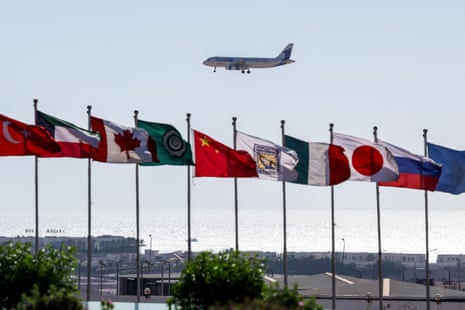
Palestinian people continue to return to destroyed neighbourhoods as ceasefire holds
More Palestinian people, many of whom have been displaced several times during the Israeli assault, are continuing to head back to Gaza City and to the north of the territory as the ceasefire with Israel holds.
They are mostly returning to rubble as relentless Israeli airstrikes have destroyed much of the property and infrastructure across Gaza over the last two years.
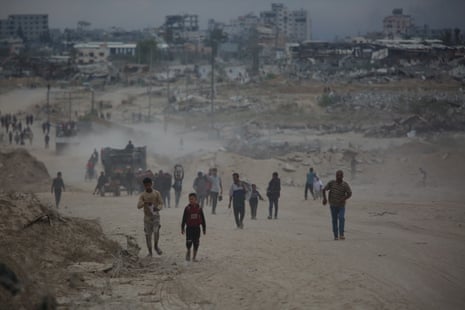
More than 500,000 Palestinian people had returned to Gaza City by Saturday evening, according to Gaza’s civil defence agency.
“We walked for hours, and every step was filled with fear and anxiety for my home,” Raja Salmi, 52, told the Agence France-Presse (AFP) news agency.
When she reached the al-Rimal neighbourhood, she found her house utterly destroyed. “I stood before it and cried. All those memories are now just dust,” she said.

Nearly half a million Palestinian people living in north Gaza were displaced by Israel’s recent military assault into Gaza City, and many were eager to return to their homes.
In the south of Gaza, thousands left the crowded coastal strip of al-Mawasi to travel inland to the partly ruined city of Khan Younis in the south, as my colleagues note in this story.
As we mentioned in the opening summary, Israel is expected to release about 2,000 Palestinian prisoners, including 250 serving long sentences for serious security offences.
Hamas, in exchange, is expected to release 20 living hostages, followed by the return of the bodies of 28 deceased hostages.
On Friday, the Israeli justice ministry published the names of 250 prisoners to be freed, but excluded several high-profile prisoners, including Marwan Barghouti and Ahmad Saadat.
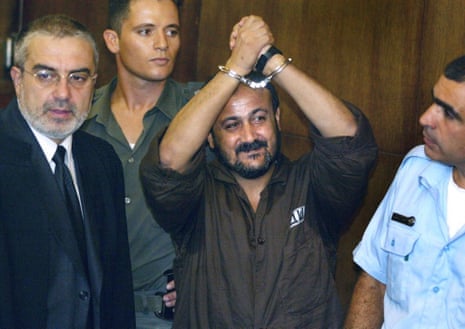
Israel views Barghouti as a terrorist leader. He is serving multiple life sentences after being convicted in 2004 in connection with attacks in Israel that killed five people.
Benjamin Netanyahu’s office has confirmed it refuses to release Barghouti.
Barghouti is a senior figure in Palestinian Authority President Mahmoud Abbas’s Fatah movement who is hugely popular in the occupied West Bank and Gaza and has frequently been talked of as a future leader.
Mousa Abu Marzouk, a senior Hamas official, told the Al Jazeera TV network that the militant group insists on the release of Barghouti and other high-profile figures and that it was in discussions with mediators.
Saadat has been the general secretary of the Popular Front for the Liberation of Palestine (PFLP) for more than two decades.
He was accused of organising the 2001 assassination of Israeli tourism minister Rehavam Zeevi, an ultranationalist who called for the mass expulsion of Palestinian people.
Saadat and four PFLP activists directly involved in the killing were eventually arrested by Palestinian police. In April 2002, a makeshift court sentenced the four to prison terms ranging from one to 18 years. Saadat was not charged, with Palestinian officials saying at the time they did not believe he was involved in the killing.
In an internationally brokered agreement that year, he was transferred to a Palestinian jail in the West Bank city of Jericho. In 2006, fearing he might be released, Israel raided the prison and took him and other Palestinians into custody. He was sentenced to 30 years in 2008. He is now in his early 70s.
Aid relief scaled up as Hamas confirms it will begin releasing Israeli hostages on Monday morning
Hamas will begin releasing Israeli hostages held in Gaza tomorrow morning, a senior official from the Palestinian militant group has told the Agence France-Presse (AFP) news agency, as the ceasefire between Israel and Hamas continues to hold.
Israel’s military says it has completed the first phase of its withdrawal from Gaza, after the ceasefire, brokered by the US, Qatar, Egypt and Turkey, came into effect on Friday morning.
Under its terms, Hamas has until 12:00 local time (09:00 GMT) on Monday to release all 20 living hostages. This will be in exchange for nearly 2,000 Palestinian prisoners held in Israeli jails.
“According to the signed agreement, the prisoner exchange is set to begin on Monday morning as agreed,” Hamas official Osama Hamdan told AFP.
The US president, Donald Trump, and his Egyptian counterpart, Abdel Fattah al-Sisi, will then chair a summit of more than 20 countries in the Red Sea resort of Sharm el-sheikh on Monday afternoon.
It will aim “to end the war in the Gaza Strip, enhance efforts to achieve peace and stability in the Middle East, and usher in a new era of regional security and stability,” the Egyptian presidency said.
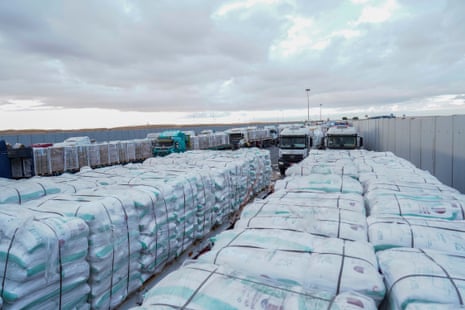
The developments come as aid groups begin scaling up relief efforts in Gaza, parts of which have endured famine conditions and starvation because Israel denied and obstructed humanitarian aid from entering into the territory.
There are reports of aid trucks having arrived to southern Gaza’s Rafah border crossing with Egypt this morning.
Under the terms of the first phase of the deal, aid is meant to surge into Gaza, and humanitarian groups are preparing to send in about 600 truckloads of food and medical supplies a day.
We will have more on this later. Stick with us throughout the day as we provide the latest updates and analysis on how the terms of the ceasefire plan unfold on the ground.


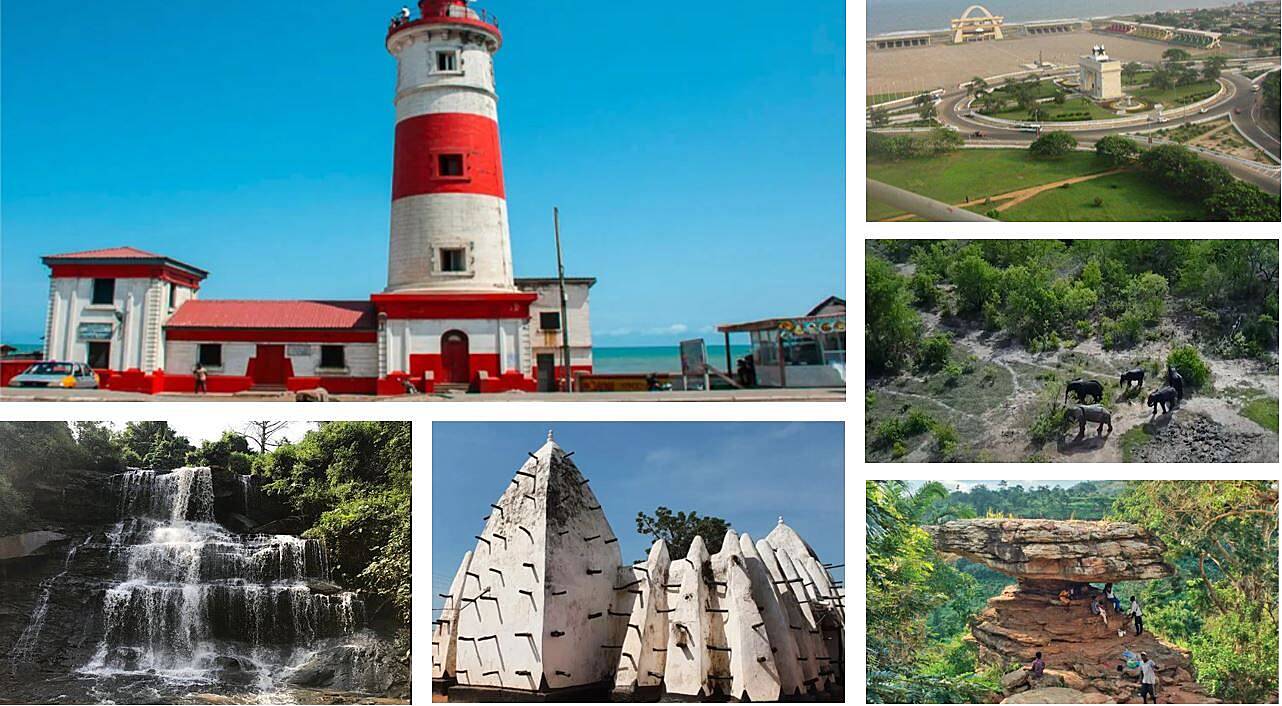


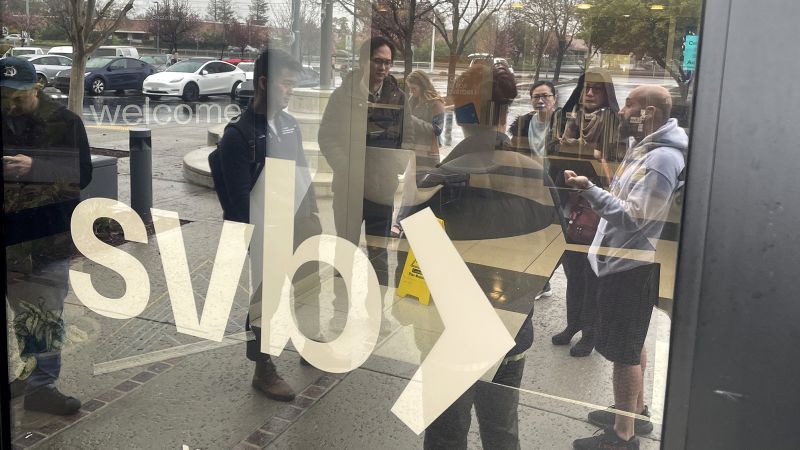

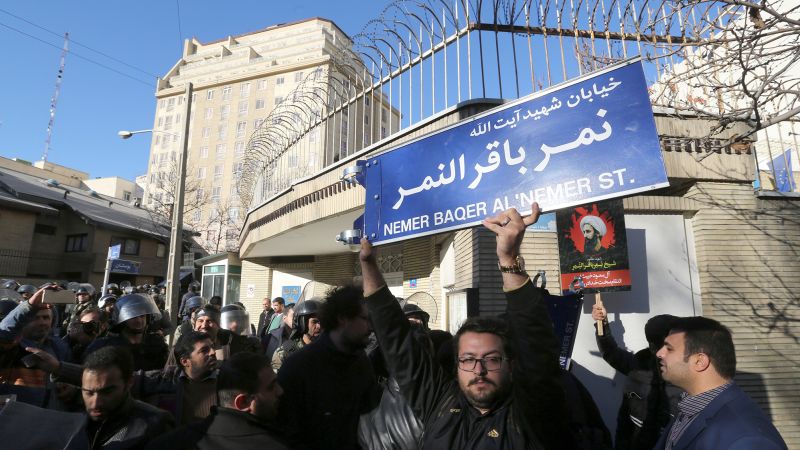
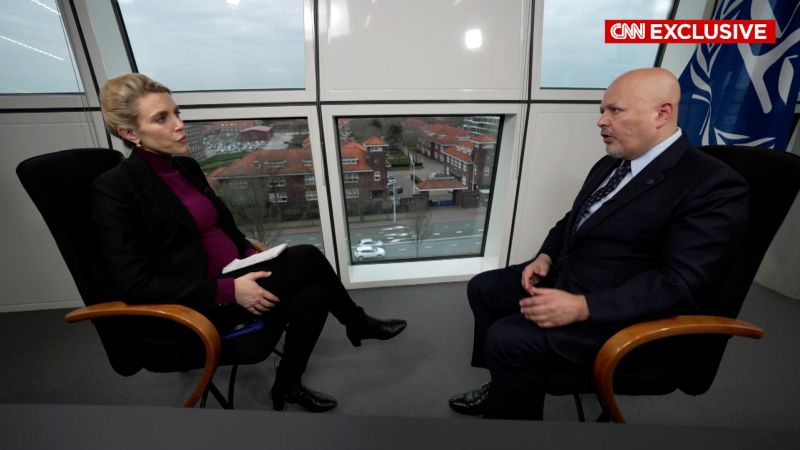
 English (US)
English (US)